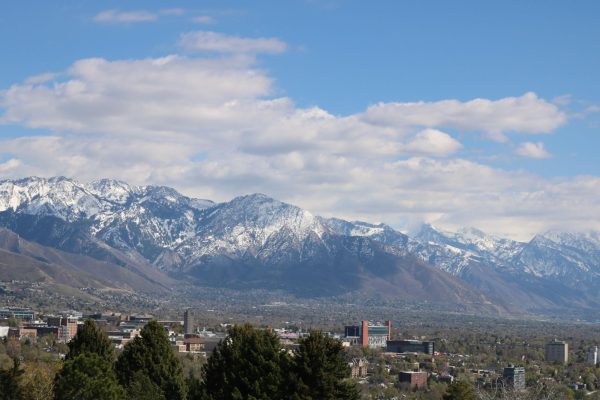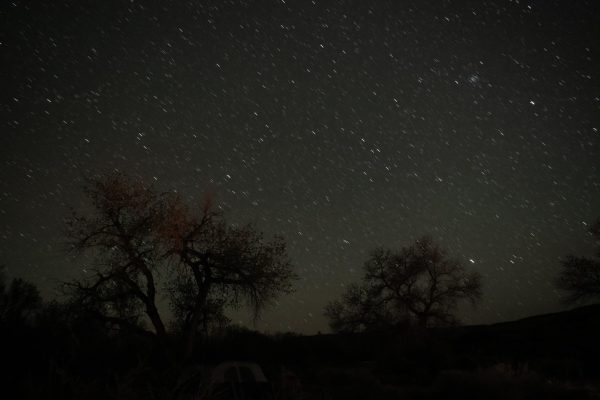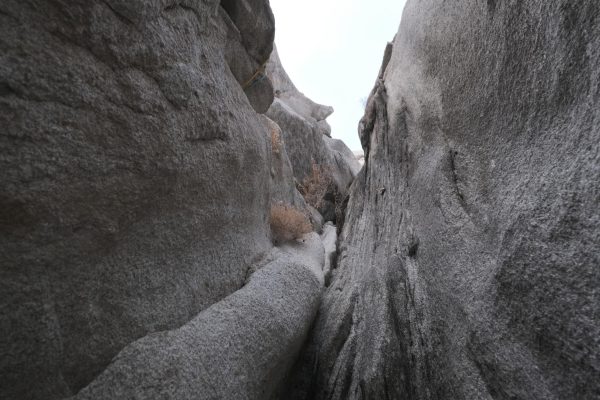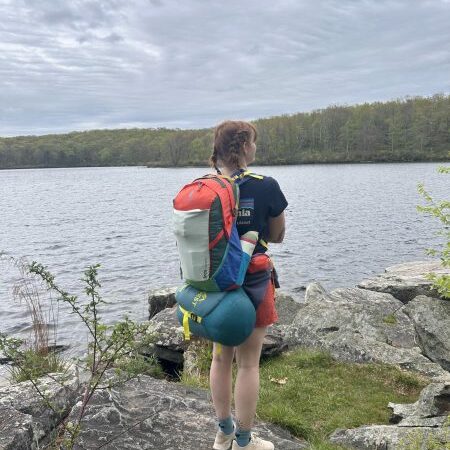Snowfalls and Slowing Down
Wintertime is beautiful. Snow on the ground shines like the sun itself, and breath comes out in lazy little clouds. Hot cocoa and coffee warm hands, and Christmas lights shine into January. But wintertime is also slow. Sometimes, after a while, it just feels gray. The days are shorter. Plants go dormant and many mammals drop their heart rates to hibernate through the season. People are bundled up and run indoors, heads down, to stay out of the snow. Driving along the roads, the speed signs flash red “Slow down.”
It’s interesting to think that wintertime is when Western culture decided to put the New Year. Not summer or fall. Not even spring, when new life and new beginnings abound. The Chinese New Year is celebrated in Spring, falling on the second full moon after the winter solstice. When the days get longer, and spring arrives. Of course, when the Ancient Greeks put January first as the start of the calendar, they may not have thought it a cold season in their more temperate, mild winters. Maybe they were only thinking of having yet another celebration. Just another festival to keep people busy and speed the winter along.
Seasonal depression is a very real struggle that many face during wintertime and in cold climates. With less sun and limited outdoor activities, it is easy to feel melancholy, especially as motivation for New Year’s resolutions tapers off. This may be why many college students like to keep busy. If you pack as many activities as possible into the day, there’s less time to let gloomy weather penetrate too deep. However, that’s why it’s important in this coldest time, to set aside time for yourself, take time to slow down and just be a person. You can sit at a park and watch the trees till your face hurts from the cold. Or you can slow down by speeding up, staying present in the moment as you ski, snowboard, or tube down a mountain side.
Medium-sized animals, like the cheetah, the horse, and humans, are the fastest travelers on earth. These animals point to an “optimal size” for speed. On the other hand, larger creatures, those over one ton in weight, tend to move more slowly. This is likely because heavier limbs require more effort to move, and moving slower avoids overheating. Larger animals also have slower metabolic rates, which keep them growing and going for much longer than smaller animals. If you are lucky enough to watch one of those megafaunas you can witness their leisurely pace. You can see the lumbering movements of elephants, or the graceful turns of whales. Their forms have adapted to slowness, just as other life has adapted to the lull of winter.
Over Christmas, I went to the coast with my family. We escaped the oppressive grayness of Salt Lake City to the warm and humid Mexico beaches. There the crowds were always buzzing, and the sun could warm my face and mind. It was a respite from school and work and cold, but I could still feel the coming new year and the subtle stress it sometimes brings. There I was staring at the ocean, watching the waves and light. I looked over at just the right moment and saw a humpback whale breach the surface. It takes a lot of power for a humpback to launch its 40-ton body out of the water. They breach for a number of reasons, and we often like to ascribe the action to playfulness. The behavior only takes a couple seconds, but watching that moment felt much, much longer.
The whale family, also called the Cetacean family, encompasses some of the largest creatures to have lived on Earth. The group includes blue whales, right whales, sperm whales and humpbacks. They are massive, heavy, slow-moving creatures, and watching them feels entirely unreal. Yet, after seeing my humpback, hearing it, and smelling the sea spray, it was real. The whale was real, and it was perfectly unhurried in its place in the sea.
Back in Salt Lake, my quick escape was over. I did enjoy the snow flurries and the powder on the ground for a few days, but I still found myself struggling. The multi-day snowstorms felt crushing on top of tiring new college work. Then I saw the impressive humpback whale statue on the roundabout of 9th and 9th again. It reminded me of my humpback, which I was immensely lucky to see. I remembered that life doesn’t have to race its way through wintertime.
This winter, take the time to slow down like whales might. Sit in the little minutes. Enjoy the present as you ski and snowboard, even as quick as that can be. Appreciate the plumes of warm breath and try to dance in the snow if you can. Bundle up before going out so you can safely slow down and be present. If you’re too stuck in the cold and gray, look for the good. Remember it’s okay to feel down, it’s okay to not hurry. Wintertime is beautiful, so let’s slow down and try to enjoy it.

The post Snowfalls and Slowing Down appeared first on Wasatch Magazine.





